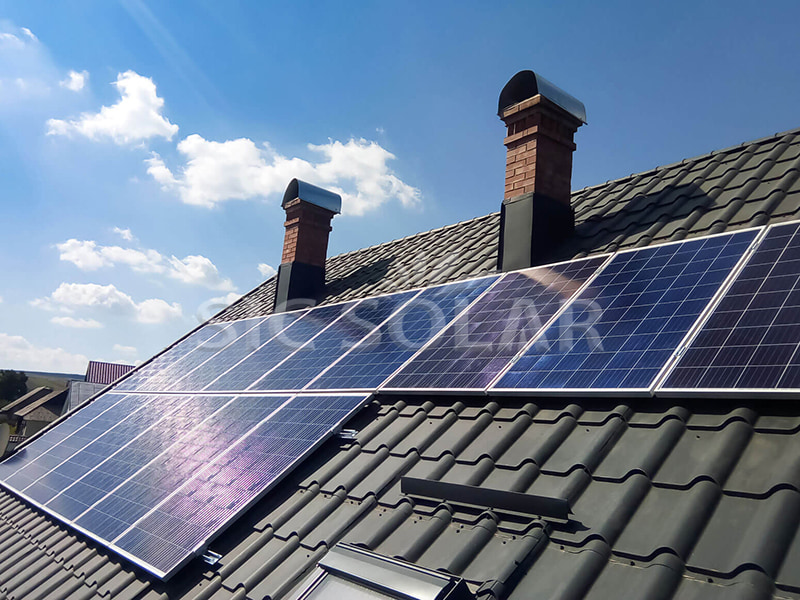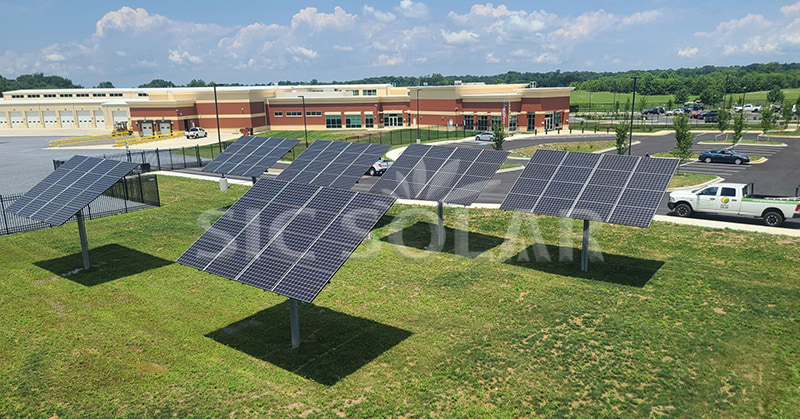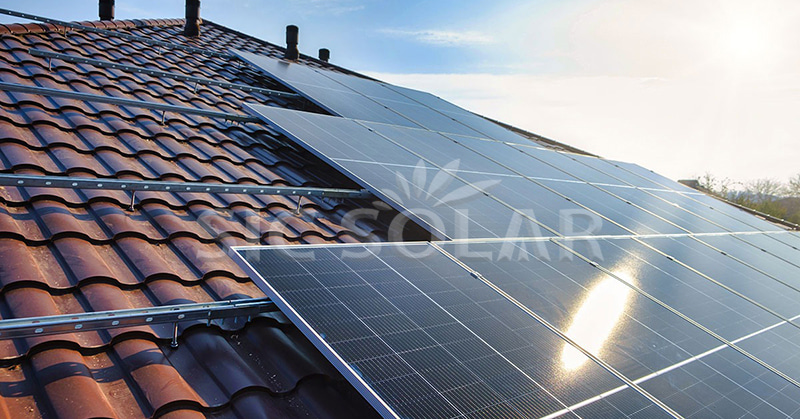As solar energy adoption continues to grow worldwide, efficiency in installation has become just as important as efficiency in power generation. A well-designed solar panel is only as effective as the system that supports it, which is why mounting solutions play such a critical role in determining project timelines, labor costs, and long-term performance. By selecting easy-to-use mounting systems, installers and project owners can save both time and resources while ensuring a durable and safe setup.
One of the key factors in improving efficiency is simplicity in design. Modern mounting systems are being engineered with fewer parts, intuitive assembly methods, and pre-assembled components. This reduces the time spent on site, minimizes errors, and allows installation teams to complete projects more quickly without compromising stability. In commercial projects, where dozens or even hundreds of panels must be installed, streamlined systems can cut labor hours significantly.
Another advantage of easy-to-use mounting systems is their adaptability to various roof types and ground conditions. Whether the project involves a pitched roof, flat roof, or open land, having versatile solutions ensures that installers do not need to customize or adjust too many components on-site. Adjustable clamps, pre-drilled rails, and universal brackets contribute to smoother workflows and reduce the likelihood of delays.
Durability is also directly linked to efficiency. A strong and weather-resistant mounting structure reduces the need for frequent maintenance or repairs, which can be costly and time-consuming. Using materials such as anodized aluminum and stainless steel provides corrosion resistance and long service life. This not only supports the panels securely but also guarantees long-term stability under varying environmental conditions.
Companies like SIC Solar, which manufactures and sells photovoltaic mounting brackets, focus on designing solutions that combine reliability with ease of installation. Their products are engineered to meet global standards while allowing installers to complete projects faster. By prioritizing practical designs, SIC Solar helps reduce on-site challenges, making solar energy more accessible and cost-effective for residential, commercial, and utility-scale applications.
Improving solar panel installation efficiency does not solely rely on skilled labor or advanced tools—it starts with the mounting system itself. Choosing solutions that are intuitive, durable, and adaptable can transform installation from a complex process into a smooth and effective operation.
...









